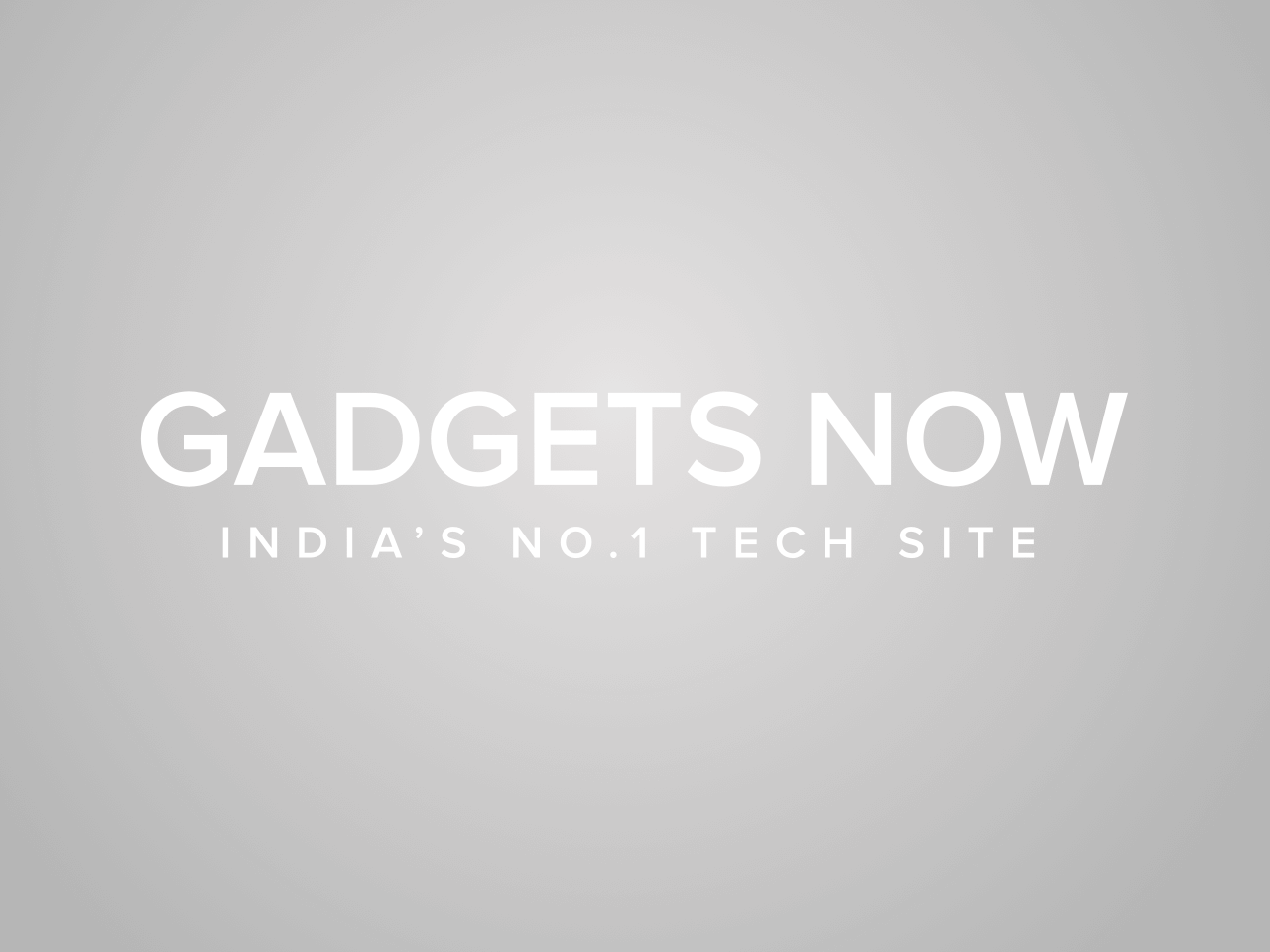Meta Reality Labs puts ‘about half’ of operating expenses into AR
Meta is directing “about half” of its Reality Labs‘ operating expenses toward augmented reality (AR) and is committed to its vision for the future.
As shown in the company’s quarter 3 (Q3) results, about 80 percent of Meta’s total investments support the core business, and the remaining 20 percent goes to Reality Labs, Andrew Bosworth, Meta’s chief technology officer and head of Reality Labs, said in a blog post.
“It’s a level of investment we believe makes sense for a company committed to staying at the leading edge of one of the most competitive and innovative industries on earth,” Bosworth said.
Read Also


“Mixed reality (MR) is a key part of the journey toward full AR devices, and eye and face tracking is an essential piece of the technology stack needed for AR and virtual reality (VR) devices to reach their full potential.”
The immediate aim of MR is to blend the physical environment with digital objects.
“MR is about much more than just displaying a live video feed of your surroundings inside the headset,” Bosworth explained.
For it to work properly, the headset needs to understand the users’ room as a 3D space by recognising the surfaces and objects around them and how they can interact with digital objects.
It requires technologies like Spatial Anchors, which let virtual objects occupy fixed spaces in the real world.
Scene Understanding, which can virtually reconstruct real spaces, and stereoscopic Color Passthrough, which can capture the real world and accurately represent it in the headset using depth perception.
Meta Reality, the company’s system for MR, combines all these technologies and “more into a single system for developers to build with”.
“Our vision for true AR glasses will require years of progress making our devices slimmer, lighter, faster, and more powerful, all while consuming way less battery power and generating much less heat,” Bosworth said.
“While our VR devices and software get most of the public attention, we are directing about half of our Reality Labs operating expenses towards our AR initiatives,” he added.
The company believes that when the new devices will hit the market, the industry will enter into a new era of growth and competition and will bring enormous benefits to users and the developer community.
FacebookTwitterLinkedin

Meta is directing “about half” of its Reality Labs‘ operating expenses toward augmented reality (AR) and is committed to its vision for the future.
As shown in the company’s quarter 3 (Q3) results, about 80 percent of Meta’s total investments support the core business, and the remaining 20 percent goes to Reality Labs, Andrew Bosworth, Meta’s chief technology officer and head of Reality Labs, said in a blog post.
“It’s a level of investment we believe makes sense for a company committed to staying at the leading edge of one of the most competitive and innovative industries on earth,” Bosworth said.
Read Also


“Mixed reality (MR) is a key part of the journey toward full AR devices, and eye and face tracking is an essential piece of the technology stack needed for AR and virtual reality (VR) devices to reach their full potential.”
The immediate aim of MR is to blend the physical environment with digital objects.
“MR is about much more than just displaying a live video feed of your surroundings inside the headset,” Bosworth explained.
For it to work properly, the headset needs to understand the users’ room as a 3D space by recognising the surfaces and objects around them and how they can interact with digital objects.
It requires technologies like Spatial Anchors, which let virtual objects occupy fixed spaces in the real world.
Scene Understanding, which can virtually reconstruct real spaces, and stereoscopic Color Passthrough, which can capture the real world and accurately represent it in the headset using depth perception.
Meta Reality, the company’s system for MR, combines all these technologies and “more into a single system for developers to build with”.
“Our vision for true AR glasses will require years of progress making our devices slimmer, lighter, faster, and more powerful, all while consuming way less battery power and generating much less heat,” Bosworth said.
“While our VR devices and software get most of the public attention, we are directing about half of our Reality Labs operating expenses towards our AR initiatives,” he added.
The company believes that when the new devices will hit the market, the industry will enter into a new era of growth and competition and will bring enormous benefits to users and the developer community.
FacebookTwitterLinkedin
